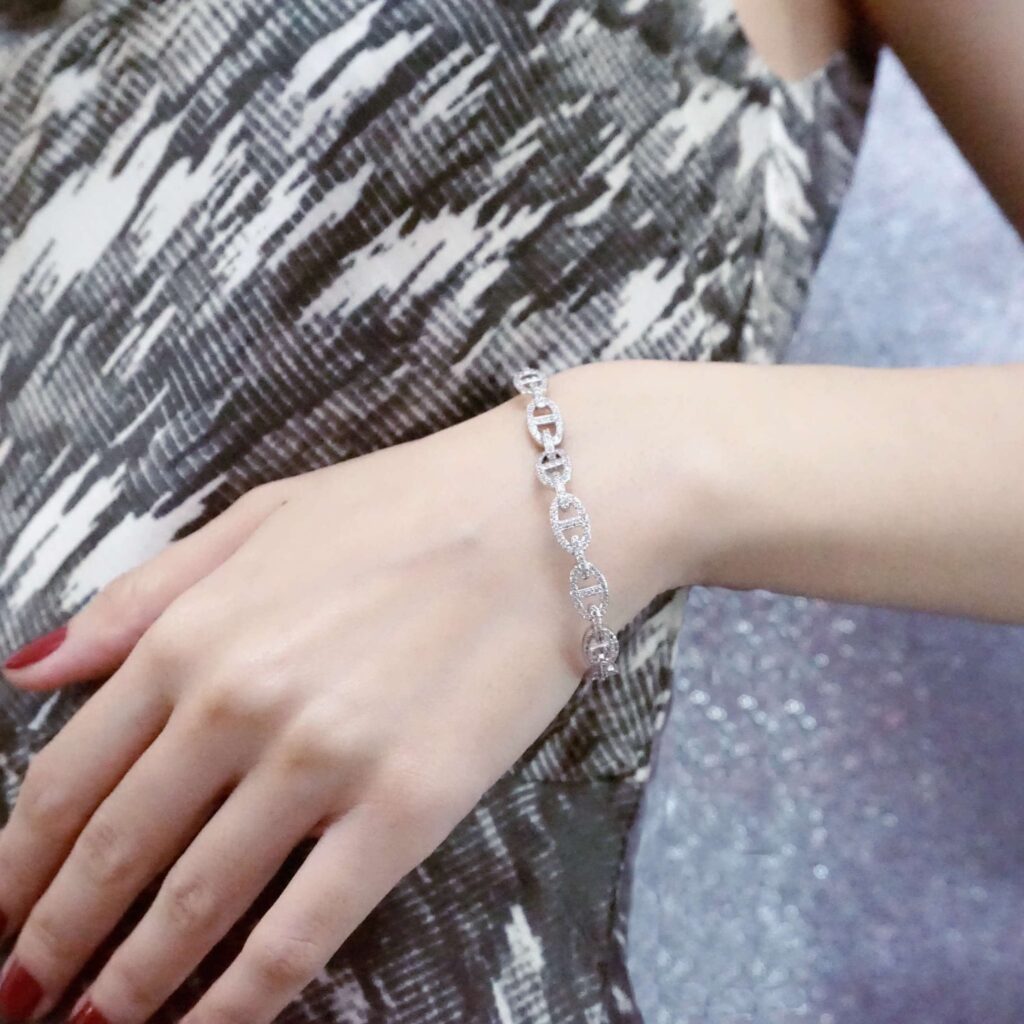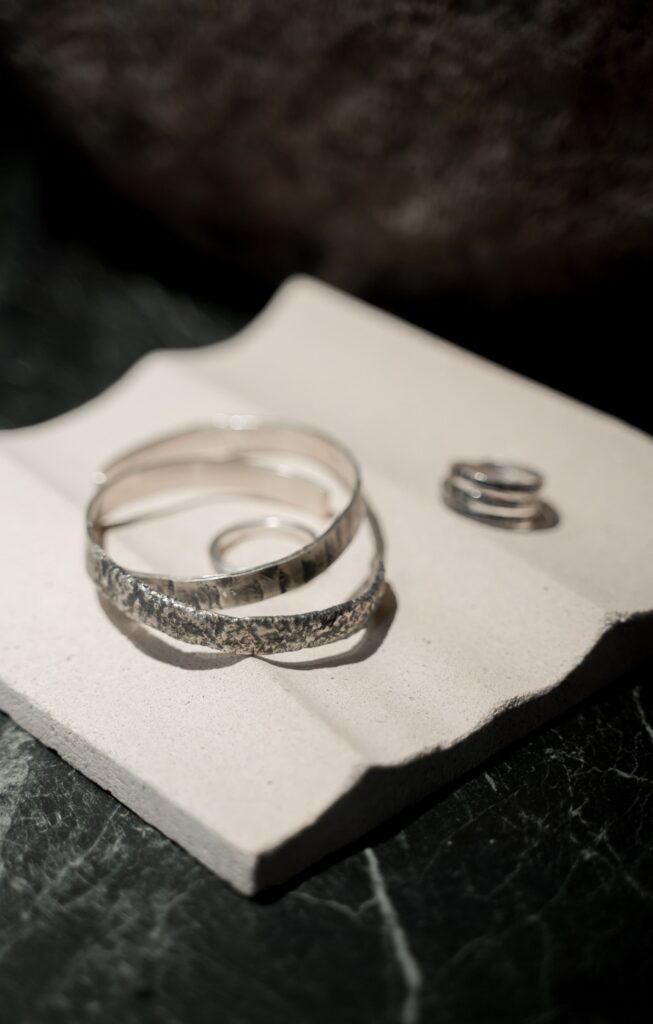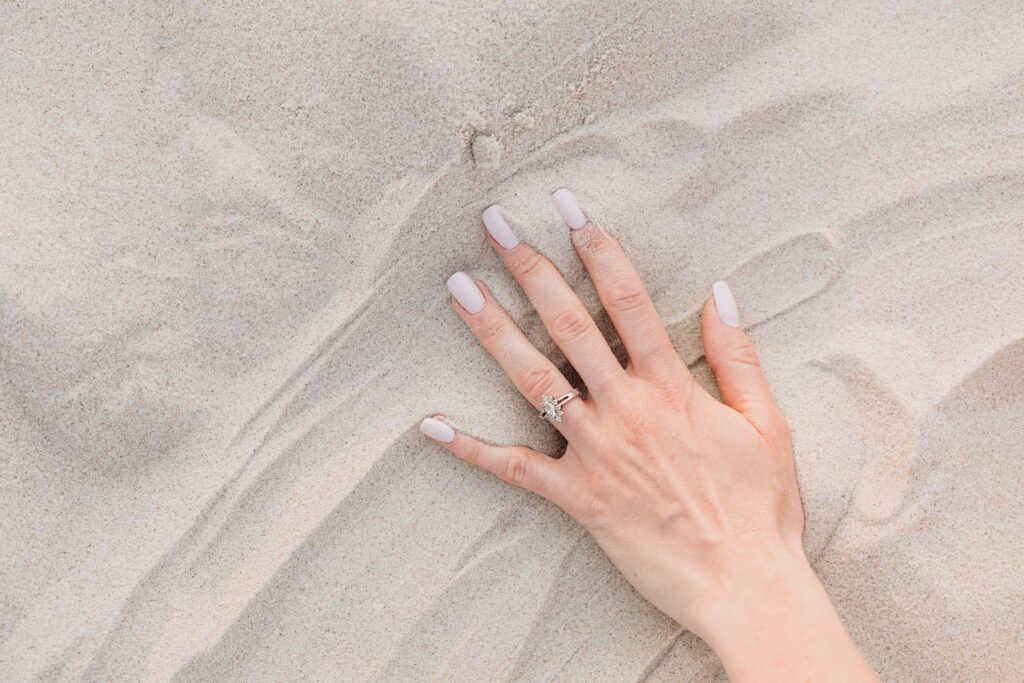What is The Difference Between Sterling Silver And Silver?
Sterling silver and silver may look similar at first glance, but there are key differences between the two metals. Understanding these differences is important when shopping for jewelry or other silver items. Here are the main points of differentiation:

Alloy Composition
Silver is a pure metal, consisting of just the element silver. Sterling silver, on the other hand, is an alloy made by combining 92.5% silver with 7.5% copper. The addition of copper makes sterling silver stronger, harder-wearing and more resistant to tarnishing than pure silver.
Tarnish Resistance
Because of the copper content, sterling silver is noticeably more resistant to tarnish and corrosion than pure silver. Silver reacts easily with sulfur in the air, forming a black coating. But the presence of copper helps inhibit this reaction in sterling silver, keeping it shiny for longer.

Hardness and Durability
Sterling silver is considerably harder than pure silver, with a Vickers hardness rating of 120 vs. 55 for pure silver. This means sterling silver holds up better to wear and tear, making it a smarter choice for long-lasting jewelry pieces.
Color
While both silver and sterling silver have a similar white color, due to the copper in the alloy sterling silver may have a slightly yellower undertone compared to pure silver’s brighter shine.
Cost
Because it contains only 92.5% silver, sterling silver is less expensive than pure silver. So if you’re shopping on a budget, sterling silver is often the smarter buy. However, the value of sterling silver tends to be lower than pure silver.
In summary, the key differences between sterling silver and silver boil down to:
- Sterling silver contains copper, which makes it harder, tougher and more resistant to tarnishing.
- Sterling silver offers better durability and is suitable for everyday wear, while pure silver is softer and more delicate.
- Sterling silver typically has a yellower color compared to pure silver’s brighter white hue.
- Sterling silver is more affordable than pure silver, thanks to its lower silver content.

FAQs about Difference between Sterling Silver and Silver
Which is better for jewelry–sterling silver or silver? Sterling silver is better than silver when designing and wearing jewelry because it’s stronger and can look good for a lifetime. Fine silver jewelry is easily damaged and not the best choice to wear on a regular basis.
Sterling silver is much less expensive than pure or fine silver. If you love to collect and wear sterling jewelry pieces, then you’re in luck. With sterling silver, you will be able to afford more items, without breaking the bank. Ultimately, you’ll be able to get more of what you love for less money.
Sterling silver and 925 silver are synonyms. Sterling silver is an alloy that contains 92.5 parts silver and 7.5 parts other metals, usually zinc and copper. To identify sterling silver jewelry, look for the abbreviation “925”.
Sometimes, sterling silver can cause green discoloration of the skin due to a reaction with copper in the alloy. This is more likely in people with sensitive skin or in hot, humid weather. Using a silver sealant can help prevent discoloration for most people.
Sterling silver contains at least 92.5% silver while pure silver contains 99.9% of the metal. Pure silver is very soft and is usually used in manufacturing. Sterling silver, on the other hand, is an exceptional choice for jewelry due to its combination of silver and additional alloys that strengthen the metal.
